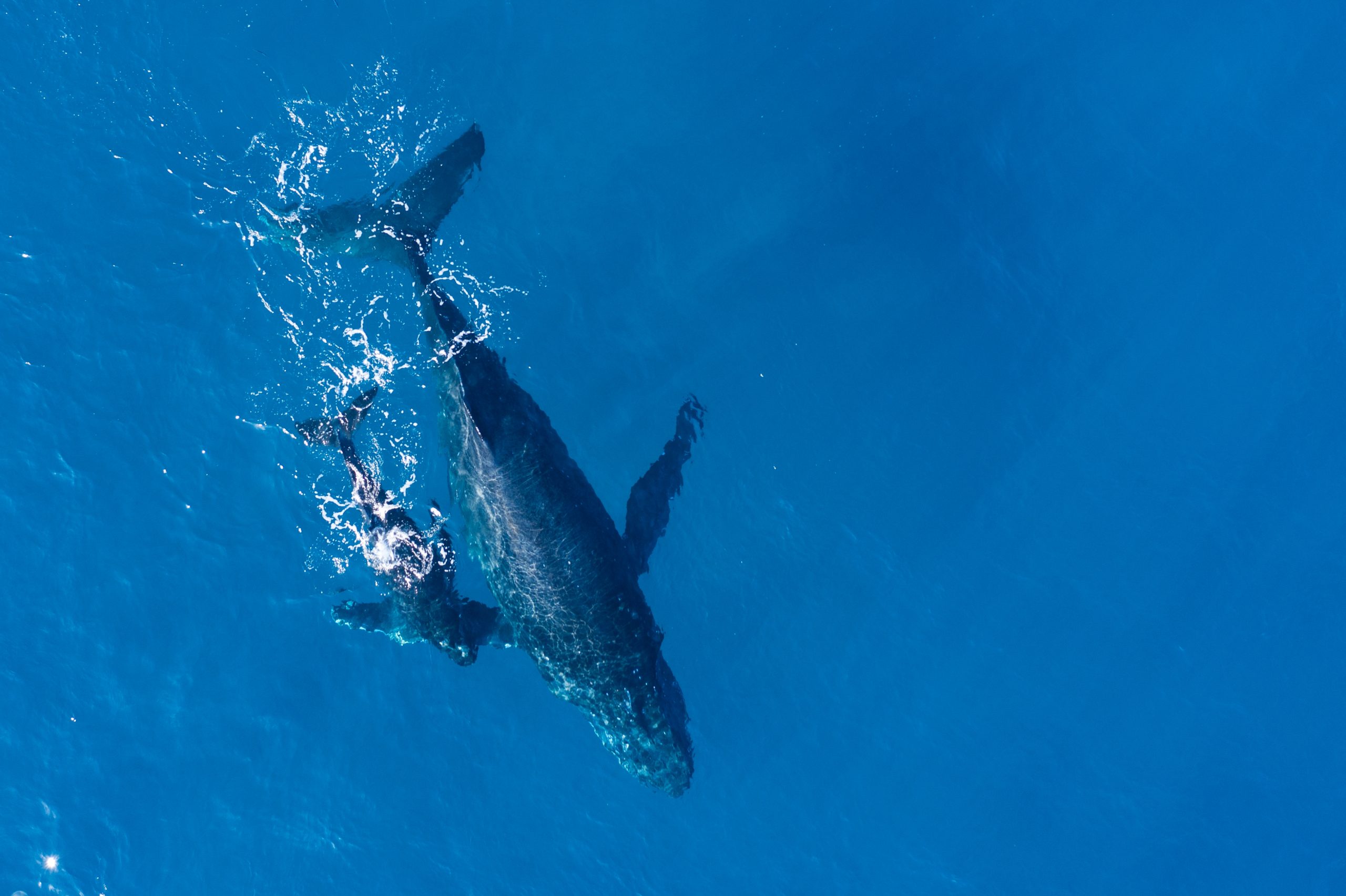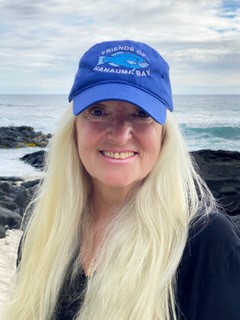Originating in the 1700s, citizen science (also referred to as ‘community science’) embraces public involvement in a broad range of scientific inquiry, encouraging curiosity and greater understanding of science by enabling participants to work with professional scientists. All over the world, citizen science engages, educates and empowers the public, including those who are vulnerable and disenfranchised, to get involved in research that informs environmental and governance policies they frequently would not be able to influence in any other way[1].
Citizen science, extensively informed by place-based traditional knowledge systems[2], is the most effective tool for creating opportunities for stakeholders to help develop coastal and marine tourism. The nexus between these two disciplines inspires a commitment to stewardship and provides methodologies to measure and mitigate the impacts of tourism on native cultures and coastal and marine biodiversity. Improved direct funding to organic community stewards and cultural practitioners will accelerate and underscore the nexus between citizen science and place-based traditional knowledge critical to the development and implementation of transformational coastal and marine tourism models.
The UN World Tourism Organization estimates that 1.3 billion tourists visited coastal attractions worldwide in 2017, and it projects more than 1.8 billion travellers to these destinations by 2030[3]. This intensity of travel impacts near-shore marine environments in many ways, including the promulgation of sunscreen pollution in ecologically sensitive areas. Both citizen science and traditional knowledge are instrumental in measuring the extent of sunscreen personal care products tied to tourism and developing mitigation strategies for these reef-toxic pollutants in Hanauma Bay, Oʻahu, Hawaiʻi; and Kahaluʻu Bay, Hawaiʻi Island, Hawaiʻi.
Hanauma Bay is Hawai’iʻs oldest Marine Life Conservation District and an iconic symbol of Hawaiʻi around the world, visited by 3,000–6,000 people a day before the COVID-19 pandemic. Citizen science is critical to the successful advocacy of stakeholders to reduce overtourism at the bay and mitigate its impacts. In 2017, citizen science determined that Hanauma Bay had the highest measured level of sunscreen pollution in Hawaiʻi[4]. This study was instrumental in Hawaiʻi’s passage of the world’s first ban on the sale of sunscreens containing oxybenzone and octinoxate[5]. A subsequent citizen science study demonstrated that oxybenzone from swimmers poses a serious threat to Hanauma’s coral reef ecosystem and that beach showers may also contribute to the bay’s contamination. It recommended further studies to determine whether the sunscreen load at Hanauma during periods of intensive tourism also poses a threat to public health[6]. Since approximately 95 percent of all visitors to Hanauma Bay are tourists, this second study by community stakeholders informs a new precautionary policy mitigating tourism’s demonstrated threat to the biodiversity of Hanauma’s marine ecosystem as Hawaiʻi pivots to a post-pandemic regenerative tourism model[7].
‘Friends of Hanauma Bay has been an invaluable resource, doing much of the work that those who have legal jurisdiction over the area haven’t.’
—Hawaiʻi state senator Chris Lee (2020)
The four-acre Kahaluʻu Bay is the most visited marine recreation site on Hawaiʻi Island’s west side, seeing over 400,000 visitors a year before the pandemic. Community stakeholders’ stewardship of this important natural resource is founded on the Kumulipo[8], the Hawaiian creation chant that reveres ʻuku koʻakoʻa (coral polyps) as the foundation of all life on earth. The Kahaluʻu Bay Education Center and its ReefTeach volunteers optimise the nexus between citizen science and place-based Hawaiian cultural traditions and practices into ongoing ecosystem health monitoring and community education and training programs that transform education into an invitation to help steward the bay to benefit residents and visitors alike[9].
‘The Kahaluʻu Bay Education Center (KBEC), under the leadership of Aunty Cindi Punihaole-Kennedy, has firmly balanced the management of Kahaluʻu Bay’s delicate ecosystem and rich cultural history, while establishing the site as a must-see for visitors to Hawaiʻi Island. Through effective partnerships with the State and County, as well as community advocates in the greater West Hawaiʻi community, KBEC is recognized as a leader in habitat management and responsible tourism in Hawaiʻi, protecting our community’s beloved resource from the impacts of climate change for future generations to enjoy.’
—Hawaiʻi state senator Dru Mamo Kanuha (2022)
Integrating complementary citizen science and place-based traditional knowledge systems into evolving models of regenerative tourism that inspire and affirm organic stewardship ensures the active inclusion of particularly vulnerable or disenfranchised members of the community.
The pause in tourism due to the pandemic offered the world an opportunity to experience, document and measure an unprecedented resurgence in natural resources harmed by generations of overtourism. This environmental renaissance cannot be unseen or forgotten. It inspires a stakeholder-driven partnership with the tourism industry worldwide to pivot towards regenerative tourism models underpinned by learning opportunities that welcome visitors to share kuleana (responsibility) for natural resource stewardship.
Founded on the four pillars of natural resources, Hawaiian culture, community and brand marketing of the Hawaiʻi Tourism Authority’s 20–25 Strategic Plan[10], the Mālama Hawaiʻi Educational Campaign engages with numerous stakeholders, including vulnerable and disenfranchised community members, as it invites visitors to enrich their experience of the Hawaiian Islands with a greater emphasis on sharing Hawaiian culture, giving back to the destination and conserving its abundance for future generations. By targeting mindful travellers who respect the culture and environment of the places they visit and explore responsibly, this new educational campaign highlights the importance of restoring Hawaiʻi’s natural resources, perpetuating Hawaiian culture and offering opportunities for immersive visitor participation in these efforts[11].
Tourism thrives in locations with extraordinary natural resources and unique cultures and traditions. Visitors’ experiences and stakeholder resources are measurably improved through collaborative regenerative tourism models that respect, protect and conserve the experience for future generations. With unlimited opportunities to partner directly with community stakeholders to ensure that natural and cultural resources are conserved in perpetuity, the worldwide tourism industry can build inclusive communities of hope and mutual support for sustainable coastal and marine tourism.
‘It is inspiring to see the 2022 United Nations Ocean Conference lead the effort to chart a course to collaborative sustainable ocean solutions and we’re so proud you chose Ms. Bishop from Friends of Hanauma Bay to speak for Hawaiʻi to the rest of the world. Now that we are coming out of COVID 19, the reopening of global tourism offers the industry unprecedented opportunities to partner with stakeholders in developing regenerative coastal and marine tourism models that preserve natural resources and cultural traditions for future generations.’
– Hawaiʻi state representative Gene Ward (2022)
—–
[1] C. Doyle, D. Rodreck, Y. Li, M. Luczak-Roesch, D. Anderson, and C.M. Pierson, “Using the Web for Science in the Classroom: Online Citizen Participation in Teaching and Learning,” in WebSci ’19: Proceedings of the 10th ACM Conference on Web Science (New York: Association for Computing Machinery, 2019), 71–80, https:// doi:10.1145/3292522.3326022; T. Gura, “Citizen Science: Amateur Experts,” Nature 496 (2013), https://doi:10.1038/nj7444-259a.
[2] T.D. Jessen, N.C. Ban, N.X. Claxton, C.T. Darimont et al., “Contributions of Indigenous Knowledge to Ecological and Evolutionary Understanding,” Frontiers in Ecology and the Environment 20, no. 2 (2021), https://doi.org/10.1002/fee.2435.
[3] World Tourism Organization, UNWTO Tourism Highlights: 2017 Edition (Madrid: UNWTO, 2017), https://doi.org/10.18111/9789284419029.
[4] C.A. Downs, “Baseline Measurement of Seawater for Oxybenzone Contamination at the Hanauma Bay Marine Life Conservation District,” 2018.
[5] Act 104, “Relating to Water Pollution,” Session Laws of Hawaiʻi, 2018.
[6] C.A. Downs, L. Bishop, M.S. Diaz Cruz, S.A. Haghshenas, D. Stien, A.M.S. Rodrigues et al., “Oxybenzone Contamination from Sunscreen Pollution and Its Ecological Threat to Hanauma Bay, Oahu, Hawaii, U.S.A.,” Chemosphere 291 (2021): 132880, https://doi.org/10.1016/j.chemosphere.2021.132880.
[7] City and County of Honolulu Department of Parks and Recreation, monthly newsletter, February 2022, https://www.honolulu.gov/parks-hbay/home.html.
[8] “Kumulipo: Hawaiian Creation Chant,” He Make‘e Wa‘a, 2015, https://www.hemakeewaa.org/kumulipo-and-duality-of-nature.
[9] Kohala Center, Kahaluʻu Bay Education Center, 2022, https://kohalacenter.org/kbec.
[10] Hawaiʻi Tourism Authority, Strategic Plan 2020–2025, https://www.hawaiitourismauthority.org/media/4286/hta-strategic-plan-2020-2025.pdf.
[11] Hawaiʻi Tourism Authority, “Hawaii Tourism Authority Launches Educational Malama Hawaii Campaign,” press release, 1 June 2021, https://www.hawaiitourismauthority.org/news/news-releases/2021/hawaii-tourism-authority-launches-educational-malama-hawaii-campaign/.


 Previous
Previous


